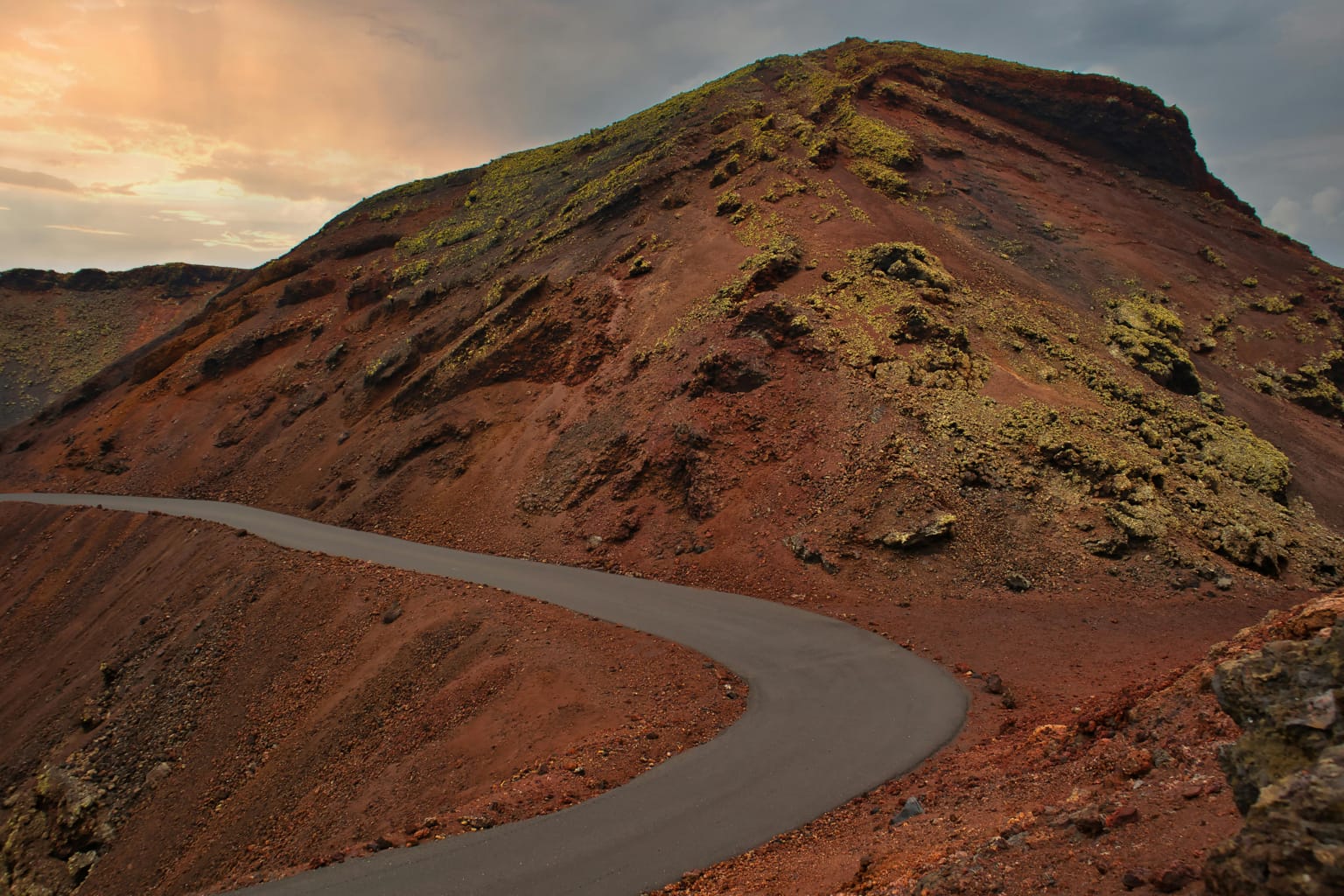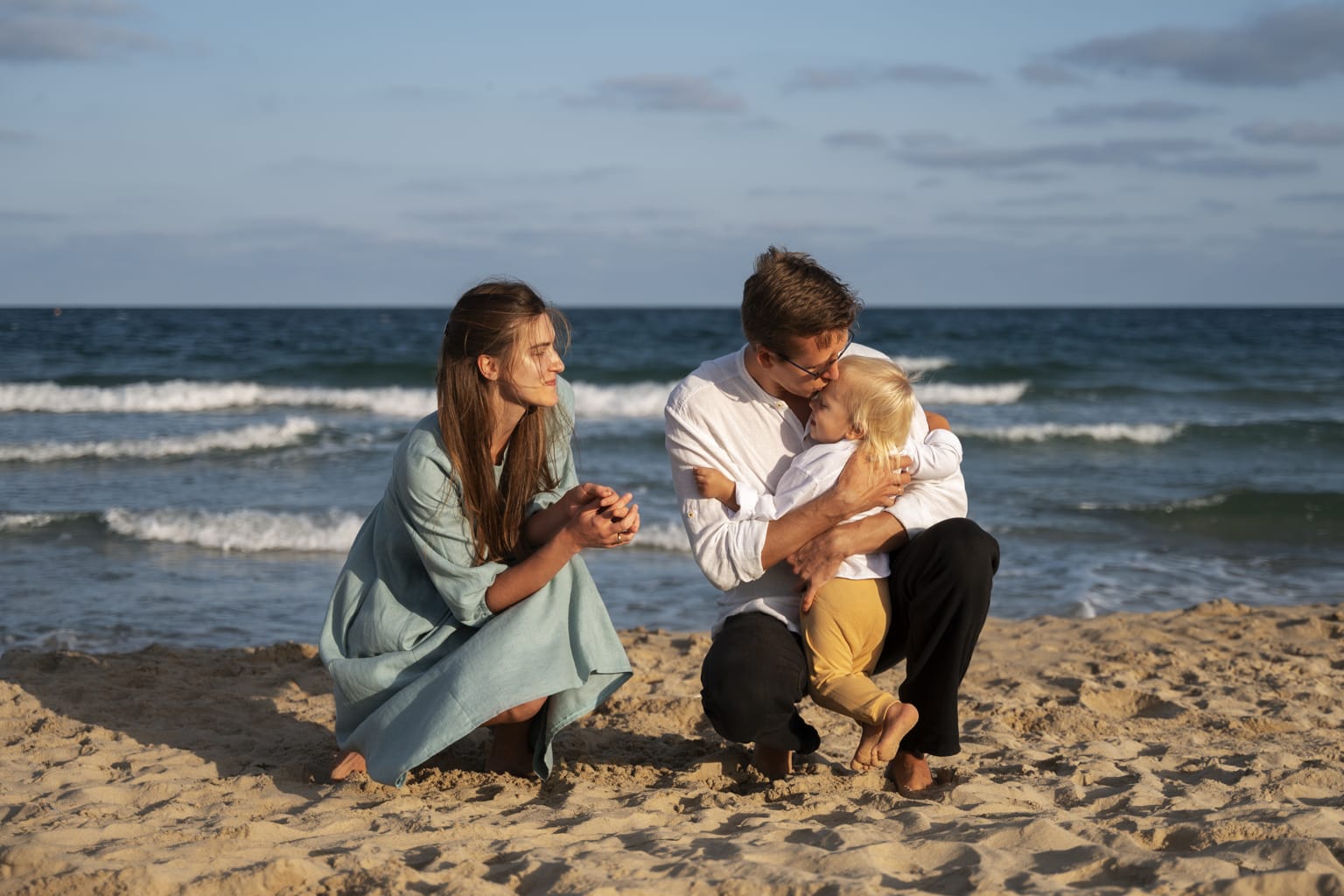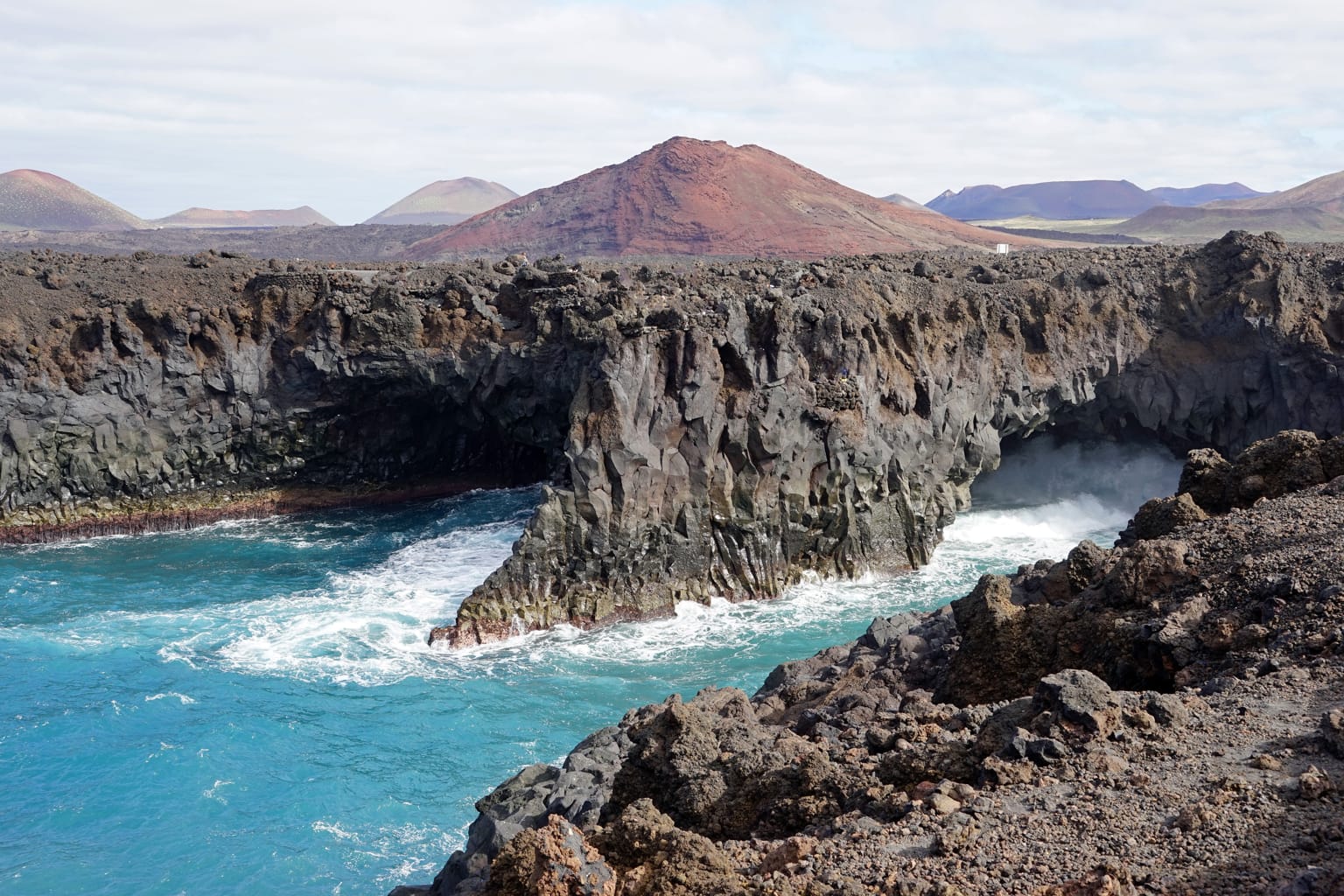One of Spain’s most beautiful islands is Lanzarote. Pale sands, ochre valleys, and black lava fields coexist side by side, sculpted by centuries of Atlantic wind and eruptions. Not surprisingly, the main sites attract large crowds, which is precisely why many tourists begin searching for more tranquil areas. This advice is for you if you’d prefer not to stand in an hour-long line or lay your towel three inches from the next family. Along with lesser-known secret areas that Lanzarote reserves for those who are willing to explore, hidden treasures that locals talk about, and places that still feel under the radar, there are a few true hidden gems of Lanzarote that reward an early start and a little curiosity.
Below is a list of seven places that represent the island’s drama without the noise. They are still uncrowded, attractive, and unforgettable when seen with awareness of the surroundings, even though nothing is really “secret” anymore.
1. Las Grietas: A rocky formation
Short, carved tunnels known as Las Grietas are formed by small fissures cutting through compacted ash on the southern slope of Montaña Blanca. It feels like a miniature version of the slot canyons in Arizona or Utah due to the warm tones of the rock and the gentle light that flows in. Even though each section is only a few dozen meters long, the curves and textures are incredibly beautiful. Approximately ten minutes by car from Puerto del Carmen and a little further from the airport, Las Grietas are located next to the LZ-35 between San Bartolomé and Tías. Be mindful when parking in the lay-by and choose the clear route to the cracks. Closed shoes are helpful considering the footing is narrow and sandy in several areas.
2. Picón Valley – the truly hidden gem of Lanzarote
Wind and time have restored La Antigua Rofera, also known as Los Roferos or Picón Valley, a historic extraction area north of Teguise. The only remnants are delicate sculptures made of lapilli, a tiny volcanic stone known as picón, which rise in waves and fins against the background of old cones. For photographers and anyone who appreciates pure geology, it’s a remarkable scene. Go during dawn or dusk when the air is calm and the low sun has turned the formations amber. Despite the material’s fragility and propensity to crumble, be careful and avoid climbing on the walls. Since this is not a controlled tourist attraction, there are no facilities, so bring water and leave no trace.
3. Caletón Blanco Beach: crystal-clear waters in the north of Lanzarote
Situated close to the town of Órzola on Lanzarote’s northern coast, Caletón Blanco Beach amazes with its white sand formed by volcanic eruptions and clear, turquoise waters. It is a great place for families and others who want to swim in an enjoyable environment as it is protected by lava formations that make shallow natural pools. There are plenty of places where you can relax, sunbathe, or stroll along the shore, and it’s simple to get there by car.
4. Playa del Pozo: a quieter neighbor of Papagayo
Papagayo is widely known, but beyond the iconic postcard is a series of coves hidden by the Monumento Natural de Los Ajaches. Despite being one of the most accessible, Playa del Pozo is still more tranquil than its famous neighbor. Get ready to see golden sand, turquoise water, and black lava outcroppings surrounding the bay. You can drive the sand access road and pay the little admission fee at the gate, or you can walk in from Playa Blanca, which is less than two kilometers away, if you’d rather avoid the ride. The sea is usually calm on clear days, and the views across the narrow channel are spectacular.
5. Guided trip through Timanfaya
Most tourists are familiar with Timanfaya National Park from the bus route, although guided tours are a less popular method to see the lava fields. Guides lead small groups along approved routes that expose textures, vents, and layers that are missed by bus windows; however, spaces are limited and need to be reserved. Bring water, sunscreen, and appropriate footwear as there is no shade and the ground is irregular. In three hours, you get a close-up look at the forces that shaped Lanzarote and experience a sense of silence that it’s rare to find elsewhere.
6. Montaña Roja
Named after the iron color of its cliffs, Montaña Roja rises below Playa Blanca. A simple trail ascends to the rim and then along the crater’s edge, offering expansive views of the island’s southernmost point. On a clear day, the north coast of Fuerteventura and the island of Lobos are visible. Including an enjoyable trek around the summit, the round-trip time from the final residences is approximately one and a quarter hour. Good sneakers are enough but stay away from sandals as the grade is steady rather than high.
7. Tenesar: the “lost village” facing the Atlantic
Tenesar is located at the end of a quiet road where a few houses face the open Atlantic, north of Timanfaya and west of Mancha Blanca. Here, the allure is simple and stark: cliffs carved by waves, black rocks teeming with vivid red Sally Lightfoot crabs, and a lack of tourists. If you want even more tranquility, choose a weekday as locals tend to visit on weekends. Remain away from the edge and observe the sets rolling in; surfing can be intense. The contrast between black lava and white foam is too remarkable for photographers to ignore.
Are you ready to take part in the activities this island has to offer?
Lanzarote rewards anyone willing to look beyond the obvious. Take a few leisurely days to explore these locations and make a note of which places you like best. KPG Property can transform that shortlist into tangible choices if a longer stay or a move are considered. To make your future home an easy decision rather than an assumption, we match your lifestyle requirements to certain neighborhoods, pre-screen potential houses, schedule viewings around your availability, and clearly outline expenses and local regulations up front.




